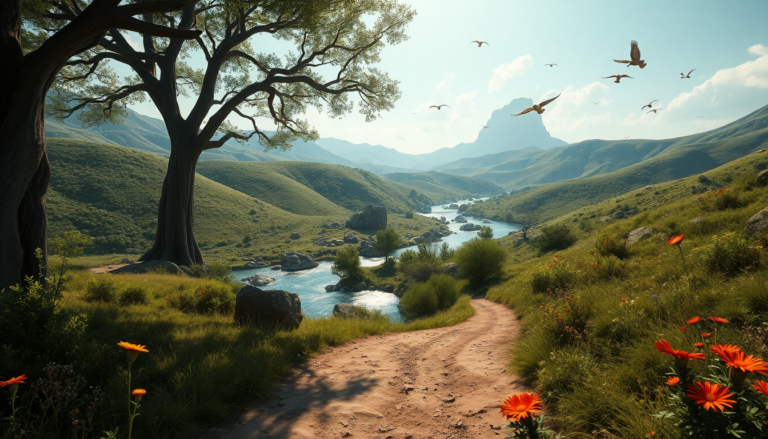Argomenti trattati
In the realm of video games, the term ‘open world’ has become synonymous with freedom and adventure. Yet, what does it truly mean to explore these vast digital landscapes? This topic is as intricate as the games themselves, encompassing various mechanics that enhance or hinder the player’s journey. Let’s embark on this exploration together, examining how different games approach the concept of exploration and the ever-changing landscape of gaming mechanics.
Understanding exploration mechanics in open-world games
At its core, exploration in open-world games involves discovering hidden areas, collecting items, and interacting with the environment. Historically, games like the Grand Theft Auto series have popularized exploration through mechanics such as ‘hidden packages.’ In titles like GTA 3, Vice City, and San Andreas, players would stumble upon these packages scattered throughout the map, rewarding them with incremental bonuses as they uncovered more. The thrill of finding these collectibles encouraged players to engage with the world around them, leading to a deeper appreciation of the game’s design.
However, the very nature of exploration mechanics raises questions about player guidance. The early GTA titles relied heavily on the player’s observational skills, often leaving them without any in-game indicators of where to look next. This reliance on exploration created a sense of immersion but also led to frustration for many players who desired some form of direction.
The evolution of exploration: From packages to achievements
As the gaming industry evolved, so too did the approach to exploration mechanics. In later titles, such as GTA IV and beyond, the trend shifted towards achievements rather than tangible in-game rewards. Players were tasked with completing challenges like shooting pigeons, with minimal incentive to venture off the beaten path. While achievements can provide a sense of accomplishment, they often lack the organic reward structure that older games offered.
In contrast, modern games like Cyberpunk 2077 have streamlined the exploration process, often reducing it to a series of simple tasks marked on a map. This can lead to a more guided experience but risks sacrificing the sense of discovery that makes exploration so rewarding. In a world where players are simply checking off tasks, the thrill of exploration can become a mundane chore, reminiscent of an Uber Eats driver navigating through unfamiliar streets.
Good exploration: Key features to consider
So, what makes for good exploration in games? Based on various experiences and player feedback, several key features emerge:
- Rewarding environments: Every area should hold potential rewards, whether through collectibles, lore, or unique experiences.
- Lack of direct guidance: Minimizing reliance on GPS or markers encourages players to engage more deeply with their surroundings.
- Incremental rewards: Organic rewards for exploration can incentivize players to venture into the unknown.
- Minimal reliance on guides: Players should feel empowered to explore without needing a manual or online resource to locate hidden gems.
Notable examples of engaging exploration
Several games exemplify these principles beautifully. Take Ultima VII: The Black Gate, where players navigate a richly detailed world without explicit markers, relying instead on clues and their intuition. Players could discover a treasure by piecing together information from NPCs, leading to a sense of genuine adventure.
In more recent titles, The Legend of Zelda: Breath of the Wild stands out for its organic approach to exploration. It encourages players to traverse its vast landscapes, rewarding them with unique encounters and discoveries. The Korok seeds scattered across the world offer a balance of challenge and reward, allowing players to engage with the environment at their own pace.
The potential of exploration in future games
As we look to the future, the challenge lies in creating open worlds that feel alive and rewarding to explore. The key will be integrating meaningful content that encourages players to wander off the beaten path, rather than simply following markers or collecting items. Games like DayZ have shown that true exploration often emerges from necessity, as players navigate a dangerous world filled with unexpected encounters.
In conclusion, the evolution of exploration mechanics in gaming reflects broader trends within the industry. As developers strive to create immersive experiences, the challenge remains to balance guidance with freedom, ensuring that players feel both empowered and rewarded for their explorations. The future of open-world gaming may yet hold new and exciting avenues for players to discover, waiting just beyond the horizon.

